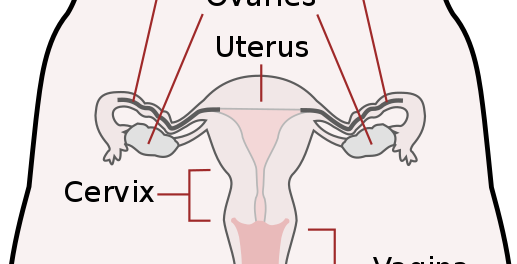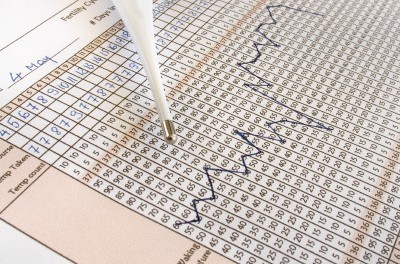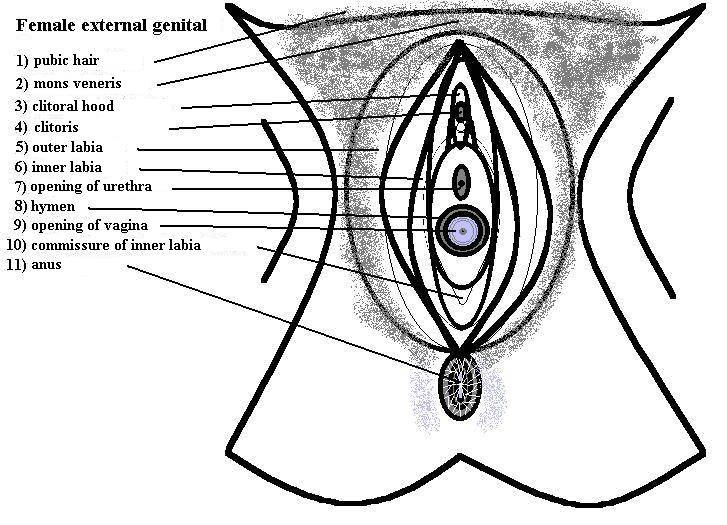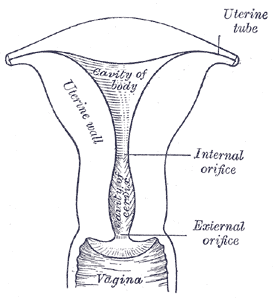Parts of the Vagina (Anatomy), Menarche and Menstruation Explained
The human vagina is a narrow part of the female reproductive tract that runs from the vulva (exteriorly) to the cervix that separates the vagina and cervix. It is approximately 7 to 8 cm long (around 3 to 4 inches). As a tract, the vagina allows for sexual intercourse and also serves as the channel though which birth is possible. It also allows for the expulsion of the inner tissue from the uterus during the process of menstruation.
Anatomy of the Vagina
The vulva is the outer (surface) part of the female reproductive tract that is often incorrectly referred to as the vagina. The vulva comprises of the mons pubis, labia majora, labia minora, clitoris and the glandular structures that open into the vestibulum vaginae.
- The mons pubis is the mound of flesh covered by pubic hair.
- The labia majora (outer labia) are the two thick fleshy masses of tissue arising from the mons pubis and which form the two boundaries of the vulva.
- The labia minora (inner labia) are two thinner folds of tissue which lie between the labia majora and they enclose the opening of the vagina and urethra (lower end of the urinary tract).
- The vagina is a muscular canal, about 7 to 8 centimeters long, which extends from the uterus to the vestibule, where it opens to the exterior.
- The cervix of the uterus opens into the upper part of the vagina (vault of the vagina) and divides this area into the anterior fornix (in front), posterior fornix (behind), and two lateral fornices (on either side).
- The hymen is an incomplete fold of vascular tissue which partially closes the external opening of the vagina and may be torn by sexual intercourse or even by insertion of tampons.

What is Menarche?
Menarche, or the first period, usually starts at the age of 11 or 12 but in some girls it may start as early as 8 years, while in others it may be delayed till the age of 15 or 16. The menstrual cycles may be irregular in the first few months till the body adjusts to the fluctuating hormone levels, after which it follows a more regular pattern. If a girl has not started her periods by the age of 16, it is advisable to consult a doctor to find out the cause. This is known as primary amenorrhea.
What is the Menstrual Cycle?
The menstrual cycle is the regular cyclic changes that occur in the reproductive system of women throughout their childbearing age – from menarche (onset of menstruation) to menopause (complete cessation of menstruation). These changes represent the preparation of the reproductive system for fertilization and pregnancy. The length of the menstrual cycle varies widely in different women but the average cycle is said to be of 28 days, counted from the first day of one menstrual period to the first day of the next.

What is Menstruation?
In the event that fertilization does not occur, and therefore there is no resultant pregnancy, the uterine lining (endometrium) is shed and comes out with blood through the vagina as menses. This process is known as menstruation. Besides blood and endometrial tissue, the menses also contains cervical mucus and vaginal secretions. The usual duration of menstruation is 3 to 5 days but may vary from 2 to 7 days. The bleeding may be light or heavy.
How Does Menstruation Occur?
The ovaries contain a large number of ovarian follicles, of which a few mature every month under the influence of hormones. Of these, only one follicle becomes fully mature and is released from the ovary at the time of ovulation. It enters the fallopian tube where it may be fertilized by a sperm, in which case it travels down to the uterus and gets embedded into the endometrium and develops into the fetus. If pregnancy does not occur, the endometrium is shed and a new cycle starts.
The events that lead up to menstruation are controlled by a number of hormones.
- Gonadotropin-releasing hormone (GnRH) from the hypothalamus stimulates the pituitary glands.
- Luteinizing hormone (LH) and follicle-stimulating hormone (FSH) are produced by the pituitary glands. These hormones help in ovulation and further stimulate the ovaries to produce estrogen and progesterone.
- Estrogen and progesterone help to prepare the uterus for implantation of the embryo, should fertilization take place.
By the end of a menstrual period, most of the inner lining of the uterus (endometrium), except for the deeper layers, is shed. The increasing estrogen levels at this time, secreted by the developing ovarian follicles, cause the endometrium to regenerate and increase in thickness, and the endometrial glands to lengthen. This is known as the proliferative phase or the follicular phase, extending in most cases from the 5th to the 16th day of the menstrual cycle.
Once ovulation occurs (around the 14th day in a regular 28 day cycle), the endometrium becomes edematous (swollen), with increased blood supply, due to the effects of estrogen and progesterone from the corpus luteum. At this stage of the cycle, known as the secretory phase or luteal phase, the glands become coiled and start secreting a clear fluid. The length of the secretory phase is more or less constant at 14 days.
If pregnancy does not occur, the corpus luteum starts to disintegrate, thus reducing and finally stopping estrogen and progesterone production. This leads to thinning of the endometrium, with necrosis (tissue death) of the endometrium and its supplying arteries (vascular necrosis), resulting in sloughing of the endometrium and menstrual flow.
It is thought that enzymes released by the necrotic endometrium cause the formation of prostaglandins, which are responsible for vascular spasm and necrosis. After menstruation is complete, a new cycle begins with regeneration of the remaining endometrium.
Common Symptoms of Menstruation
Most women have only mild symptoms of heaviness in the pelvis or slight abdominal discomfort during menstruation. Some women suffer from severe pain or abdominal cramps, nausea, vomiting, backache, or excessive bleeding during periods. It could be normal in most cases, but if unbearable even after the use of pain relievers and other over-the-counter (OTC) drugs, then medical attention is necessary.
Common Menstrual Problems
The common menstrual problems that a woman may face are :
- Amenorrhea – absence of menstrual period.
- Dysmenorrhea – painful periods or menstrual cramps.
- Abnormal Vaginal Bleeding or Periods
- Oligomenorrhea – infrequent periods, occurring more than 35 days apart.
- Polymenorrhea – too frequent periods.
- Metrorrhagia or intermenstrual bleeding – bleeding in between periods.
- Menorrhagia or hypermenorrhea – prolonged or heavy menstrual bleeding.
- Hypomenorrhea or cryptomenorrhea – unusually light menstrual bleeding or spotting.
- Menometrorrhagia – irregular periods, with variation in amount and duration of bleeding.
- Postmenopausal bleeding – bleeding occurring more than one year after the last period.
- Premenstrual syndrome (PMS) is a group of symptoms that occur in some women a few days before the onset of periods. In some cases, PMS can be quite debilitating and may need medical treatment.
References
- Vagina anatomy. Medscape
- Clinical anatomy of the vagina. Global Library of Women’s Medicine
Last updated on August 17, 2018.






